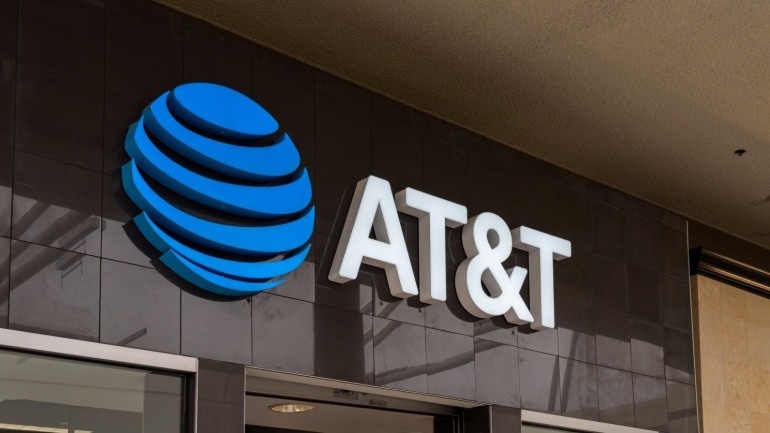AT&T is set to phase out its narrowband Internet of Things (NB-IoT) network by transitioning its IoT client base to alternative technologies such as LTE-M. This move aims to provide larger data capacity for both fixed and mobile devices, according to the company’s latest announcement.
NB-IoT, standardized by 3GPP in 2016, was designed for low-power IoT devices requiring energy and spectrum efficiency. AT&T began offering NB-IoT services in 2019, integrating over 127 million devices as of Q4 2023. Despite its widespread adoption, the company sees the need for change. AT&T believes that shifting to LTE-M will enhance its IoT services, allowing for faster data transmission.
In a statement, AT&T said, “We are improving our IoT services for business customers by moving from NB IoT to the LTE-M network. This change will provide more data capacity for both fixed and mobile devices. As a result, we’ve stopped the certification of new NB-IoT devices and the sale of data plans utilizing the NB-IoT network. We’re working closely with customers to make this process as seamless as possible.” The company aims to complete the transition by Q1 of next year.
Alongside LTE-M, AT&T is also investigating the use of 5G Reduced Capacity (RedCap) as a potential future technology for IoT. Though in its early development, RedCap offers promising advancements over existing solutions, potentially providing greater capabilities while conserving energy and spectrum resources.
By contrast, competitors Verizon and T-Mobile do not feel the need for such changes. Both companies have confirmed they have no immediate plans to discontinue their own NB-IoT networks.







